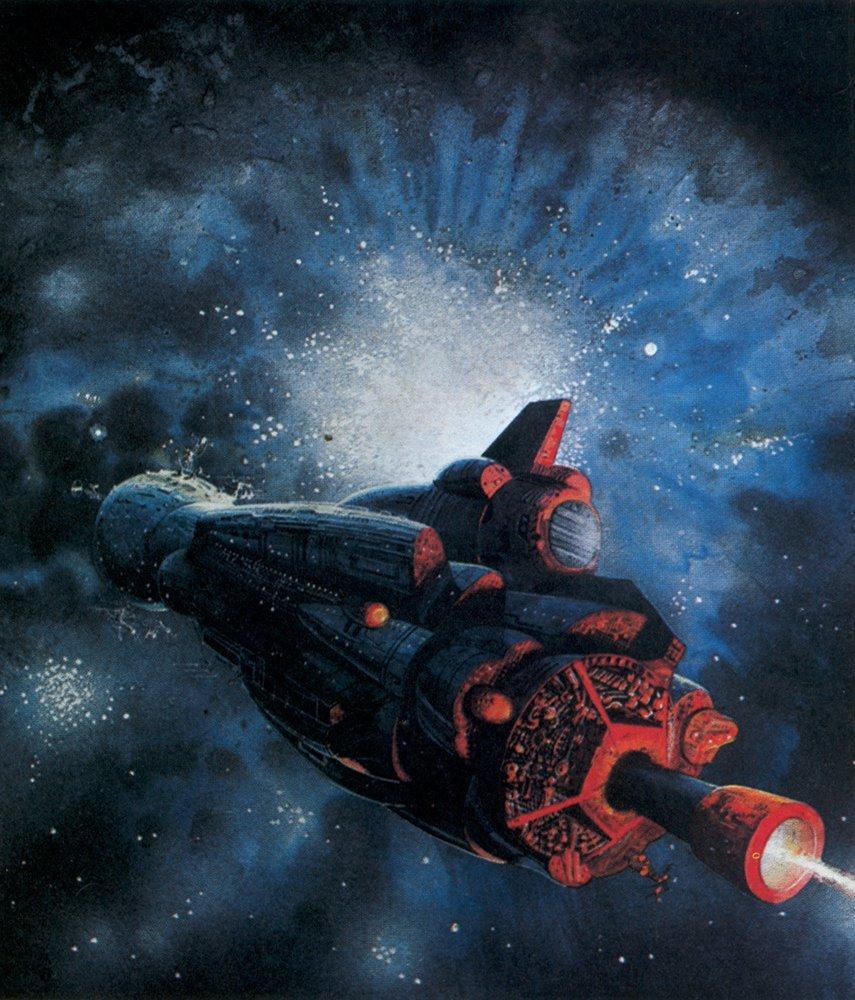Earth-10
Concept: Earth where the Axis Powers (or at least Germany) won World War II
Pictured: (left to right) New Reichsmen: Leatherwing, Blitzen, Brünhilde, Overman; Freedom Fighters: Human Bomb, Phantom Lady, Uncle Sam.
Sources: The Multiversity: Mastermen #1 , Justice League of America (vol 1) #107-108, Final Crisis: Superman Beyond #1-2, Countdown to Adventure #2 and Countdown to Final Crisis #16.
Analogs: Pre-Crisis Earth X, home to the Freedom Fighters, a group of characters originally appearing in Quality Comics) first appearing in Justice League of America (vol. 1) #107 (October 1973); Post-52 Earth-10, home to a version of the Freedom Fighters and a Nazi-themed version of the Justice League, die Gerechtigkeitsliga or JL-Axis, first appearing in 52 Week 52 (May 2007).
Comments: Earth X (the letter, not the roman numeral) first appeared in a Justice League/Justice Society team-up story in 1973. It was a world where Germany had won World War II and the "freedom fighters" against the Nazi regime were a group of characters DC had acquired from Quality Comics in 1956. (A couple of other Quality characters--Plastic Man and the Blackhawks--had already debut in the DCU and were not included in the Freedom Fighters.) The heroes from Earth One and Two helped the Freedom Fighters overthrow the fascists. In 1976, the Freedom Fighters got their own short-lived title after they immigrated to Earth One.
In the 1980s in the pages of All-Star Squadron, Roy Thomas retconned the members of the Freedom Fighters to have been from Earth-Two but had them go to Earth X later. Roy Thomas also introduced World War II Nazi counterparts of at least some of the members of the Justice League in the pages of Young All-Stars in 1987. It's unclear if Axis Amerika served as an inspiration for Earth-10's Nazi League in either the JL-Axis or New Reichsmen iterations.
2 hours ago

%2B001-032.jpg)


















